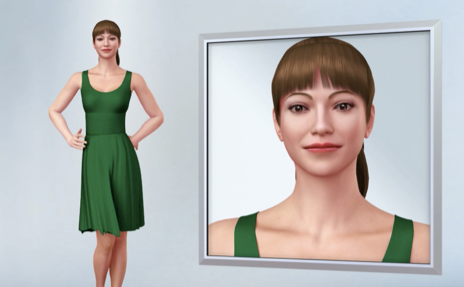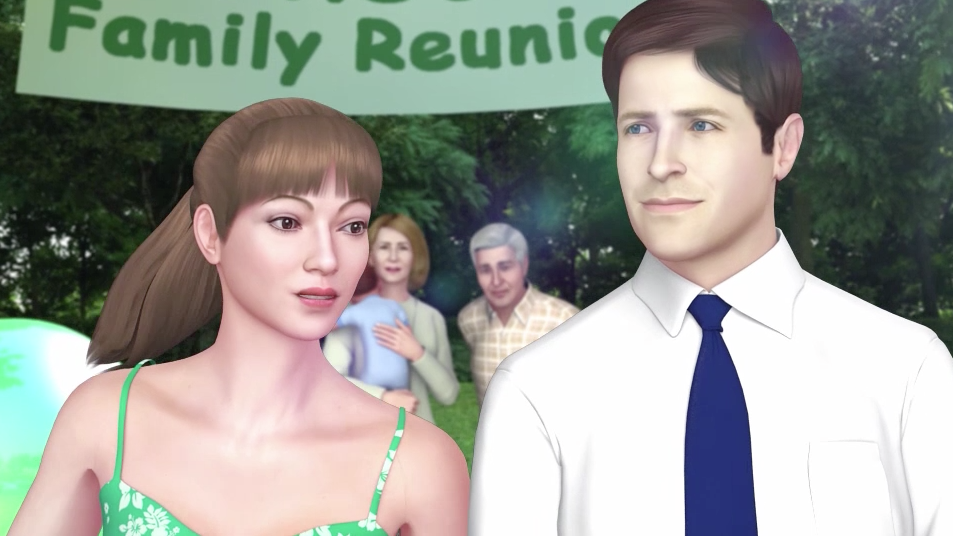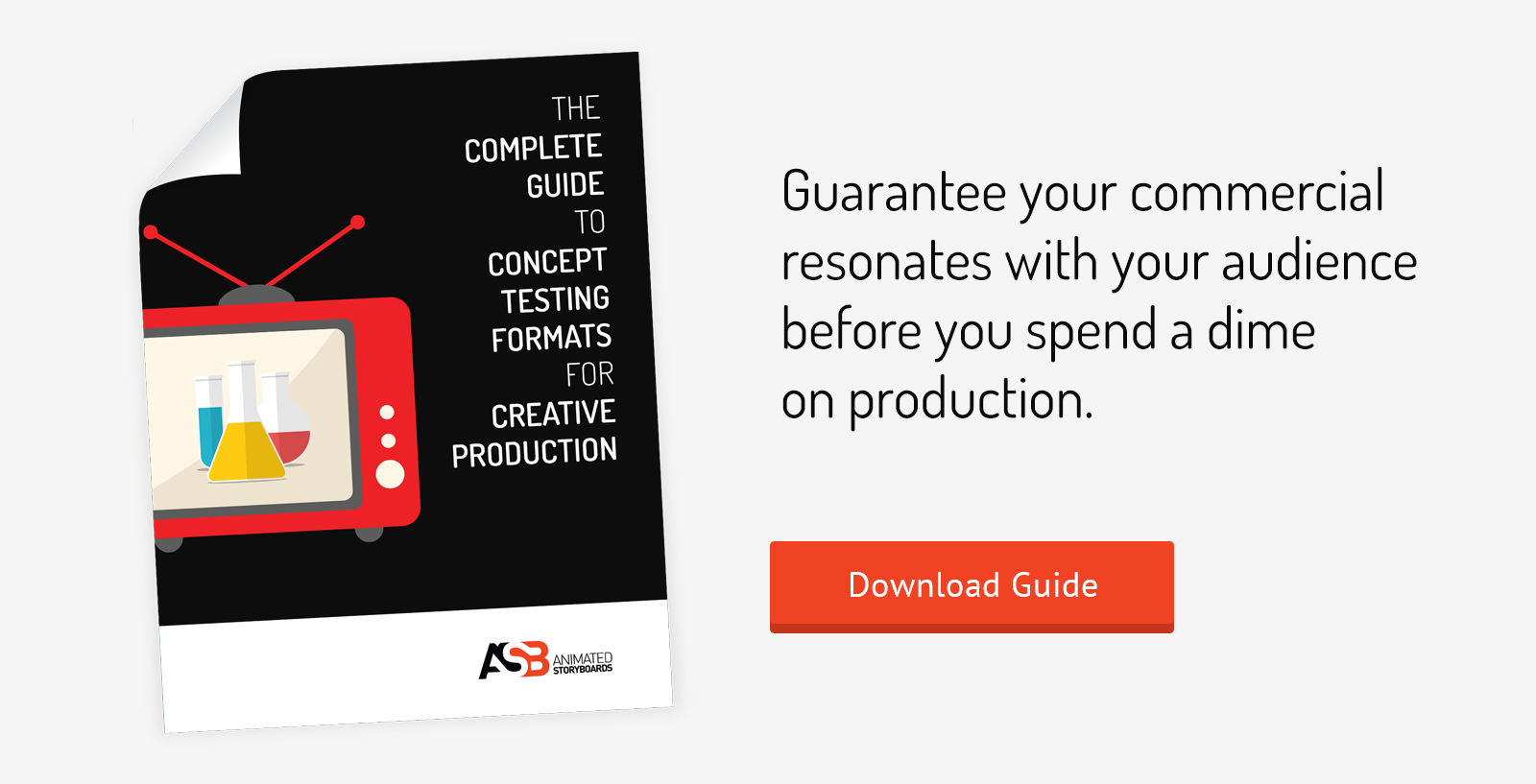 Have you ever built or remodeled a home? Whether you planned for a small renovation or a complete rebuild, the process you followed in creating a timeline and following blueprints likely helped you avoid setbacks that cost you time and money.
Have you ever built or remodeled a home? Whether you planned for a small renovation or a complete rebuild, the process you followed in creating a timeline and following blueprints likely helped you avoid setbacks that cost you time and money.
The same is true when creating a 3D cinematic. In order to create a 3D cinematic efficiently and on budget, you need a blueprint. In this article, we’ll introduce several things you need to know in order to plan—and execute—an ideal 3D cinematic production schedule.
First, a note about cinematic production timelines:
This “ideal” schedule assumes a comfortable working time frame of 10-15 working days. In order to accommodate rush schedules, the animatic company may eliminate or combine certain rounds.
The biggest determining factor for your timeline? How quickly your agency can turn around its feedback. In our experience, the biggest delay in cinematic production schedules is the time it takes to get consolidated feedback from the agency, client, and whoever else needs to give their say.
When your agency is planning out your calendar, make sure that you’re allowing enough turnaround time for every important person to provide feedback—this will keep your timeline realistic.
Agency & Animatic Company Brief
The purpose of this meeting is to ensure the animatic team is clear in understanding the creative direction and narrative script. The briefing can be compared to meeting your contractor and their team. The animatic company’s producer, director, and designer are present on the call. You will provide the script, rough storyboards (if possible), references for backgrounds, and casting; the concept, characters, wardrobe, backgrounds, product, demos, celebrities, etc. are discussed.
Helpful Hint:
- Provide as much detail as possible during the brief so there is little guessing needed in the following steps. Furthermore, any briefing materials shared in advance of the call will help the animatic company familiarize and better understand the creative at the time of the initial briefing.
From this step forward, each “round” in an ideal 3D cinematic production schedule is called a posting. (“Posting” is just another way to say “stage” or “phase,” but we use the term “posting” because the animatic company is literally posting information and artwork to an administrative website for clients to review.)
Posting 1: Sketch Boards
Sketch boards are a metaphorical blueprint of the entire cinematic production. They exist so the agency can approve basic camera angle, frame composition, and story flow of the spot. They’re vital to the entire animatic and production process—working without them is like building a house without any plans: They will inform your final product and guarantee that your story works and is structurally sound before you invest real time and money.

They also provide excellent ROI: While a proper sketch board takes approximately 1-3 hours depending on the speed of the artists and length, skipping this step and going straight into 3D can easily waste 2-3 days—if not more—should there be an error or mistake that has to be redone. And more time wasted means more money spent.
Helpful Hints:
- Provide sketch boards to ensure a more streamlined process. When agencies don’t provide sketch boards, there is significantly more back-and-forth communication, which can cost precious time. When agencies provide sketch boards, the animatic company knows an idea is already approved and doesn’t have to take any time away from the production schedule. However, if this is not feasible, the animatic company can create rough sketches to visualize the overall framing and story flow—just keep in mind that this may impact the final timeline and cost of the production.
- In this stage, finish and aesthetics don’t matter—so don’t waste time critiquing them. Especially with 3D cinematics, clients may want to revise in the sketch board stage several times. Don’t do this. What matters here is simply that the angle and composition are correct, not the aesthetics. Even stick figures are OK to use in sketch boards.
- If it’s an issue outside of angle and composition, wait until you’re in the proper medium to comment on it. Why? Time spent tweaking aesthetic issues and revising art instead of moving on to the next frames is wasted effort and wasted time. You have 10-12 days—don’t spend the bulk of your time on something that won’t ultimately benefit your production.
Posting 2: 3D Characters & Backgrounds
In this posting, you’ll see the 3D characters and 3D backgrounds. They are shown as separate elements so you can review the look and feel of the character and background elements in a neutral background. In our remodel analogy, the second posting can be compared to picking out the fixtures—things like choosing tiles, door knobs, and paint colors. The point during this step is to identify the correct assets of the aesthetics individually—that you like the tiles or fixtures you’ve chosen—not to make sure they are installed in the right spot just yet.



Helpful Hints:
- Pay attention to art in this step, and speak up if there are things you don’t like. Things like hair style, color, wardrobe, and setting are all important. One caveat: do not pay attention to expression in this posting. Compositional elements (like expressions) come in at a later posting.
- The content of your script will determine whether or not 3D characters and backgrounds will be in your cinematic. It’s important to consider the end result you want to achieve with your product—just as you wouldn’t buy a sink if you’re remodeling a closet, you wouldn’t want to use part of your budget on 3D characters for a storyline that doesn’t require them.
Posting 3: Making Revisions To 3D Characters & Backgrounds
In this posting, feedback from posting two is addressed. In our renovation metaphor, imagine you’re working with a designer who has provided
swatches and samples. You’ve given the designer your feedback on their choices, and now it’s their turn to give you their revised product. (For those going the DIY route, imagine you bought a paint sample, decided it wasn’t the right color, and went back to the store to get a different color.) This is what happens during Posting 3.
Composed Board Stage
Sometimes instead of Posting 3 or in between Posting 3 and Posting 4, there may be a composed board stage. This is a colored 3D board—frames look like a PDF storyboard of the animation stage. Composed boards are beneficial for clients who need to be able to visualize the project in its entirety before moving into animation.
- Composed boards take a little more time because they are a stop in the process—not a byproduct of what you’re already doing. While this step absolutely aids the process, it needs its own time.
- Even when bigger changes are required in the composed board stage, the changes are less involved and time-consuming than when you’re already in animation.
- At Animated Storyboards, the composed board stage is not necessarily a part of our standard schedule, but we recommend this stage when a production schedule has enough flexibility and time.
Posting 4: First Round Of Animation
The first round of animation is your chance to see the project in its entirety—review the composition, animation of the characters, camera movies, and overall story flow. This is a first look at all of the 3D elements combined and is incorporated with your comments from the sketch board and prior reviews.

Helpful Hints:
- Provide consolidated and detailed feedback from your agency on how the characters are animated, how the camera moves around, any changes you’d like made to the scene, the removal or addition of props, etc. We suggest providing as much detail in your feedback as possible. Any dramatic changes to characters or backgrounds may delay the next posting or may need to be caveated if not completed for the next posting.
- Don’t share the first round of animation with your clients yet. Use Posting 4 as internal review only—wait until the subsequent rounds to get other approval you need (from the client, for example), so the final posting can actually be the final posting.
Posting 5: Second Round Of Animation
The second round of animation is a revised look at all of the 3D elements combined, incorporating your comments from the first round of animation. Your agency, along with your client, will again review the revised composition, animation of the characters, camera moves, and overall story flow.
Helpful Hints
- Provide consolidated and detailed feedback from your client in this step. Changes to how the characters are animated, how the camera moves around, as well as any changes you’d like made to the scene or the removal or addition of props, etc. should be addressed in detail and by the suggested feedback time.
- Make sure all of the right people (both the agency’s and the client’s representatives) are giving input in this stage. Don’t wait until the next posting to share the animation with someone internally or on the client side who’s important and may decide they don’t like it. Any dramatic changes to characters or backgrounds may delay the next posting or may need to be caveated if not completed for the next posting.
Posting 6: Third Round Of Animation
The third round of animation is a revised look at the entire spot to ensure the agency and clients are satisfied with the changes made based on comments from previous rounds. This is the final round before shipment, and any major animation changes or changes to artwork may delay the final posting.

Helpful Hints
- Animation changes should be minimal at this stage, such as tweaks to facial expression, editorial revisions, and audio revisions.
- Clients should review and give final input.
Final Posting For Shipment
The final posting ensures the client and agency approve the final spot. Animation should be final.
Helpful Hint
- Make sure you and the client review and give final approval. If minor edit or audio tweaks are needed, they can be made same-day. Any animation or artwork changes needed may cause delays in shipment.
Final Notes
In order to make sure your cinematic production schedule stays on track, the best thing you can do is to “measure twice and cut once”—or in the case of cinematics, plan twice and execute once. Take the time to make sure you’re getting approval, thinking through timelines, and setting realistic due dates for all of the key players (on both the client and the agency side). This will help you stay on deadline and ensure you get the best final product.

